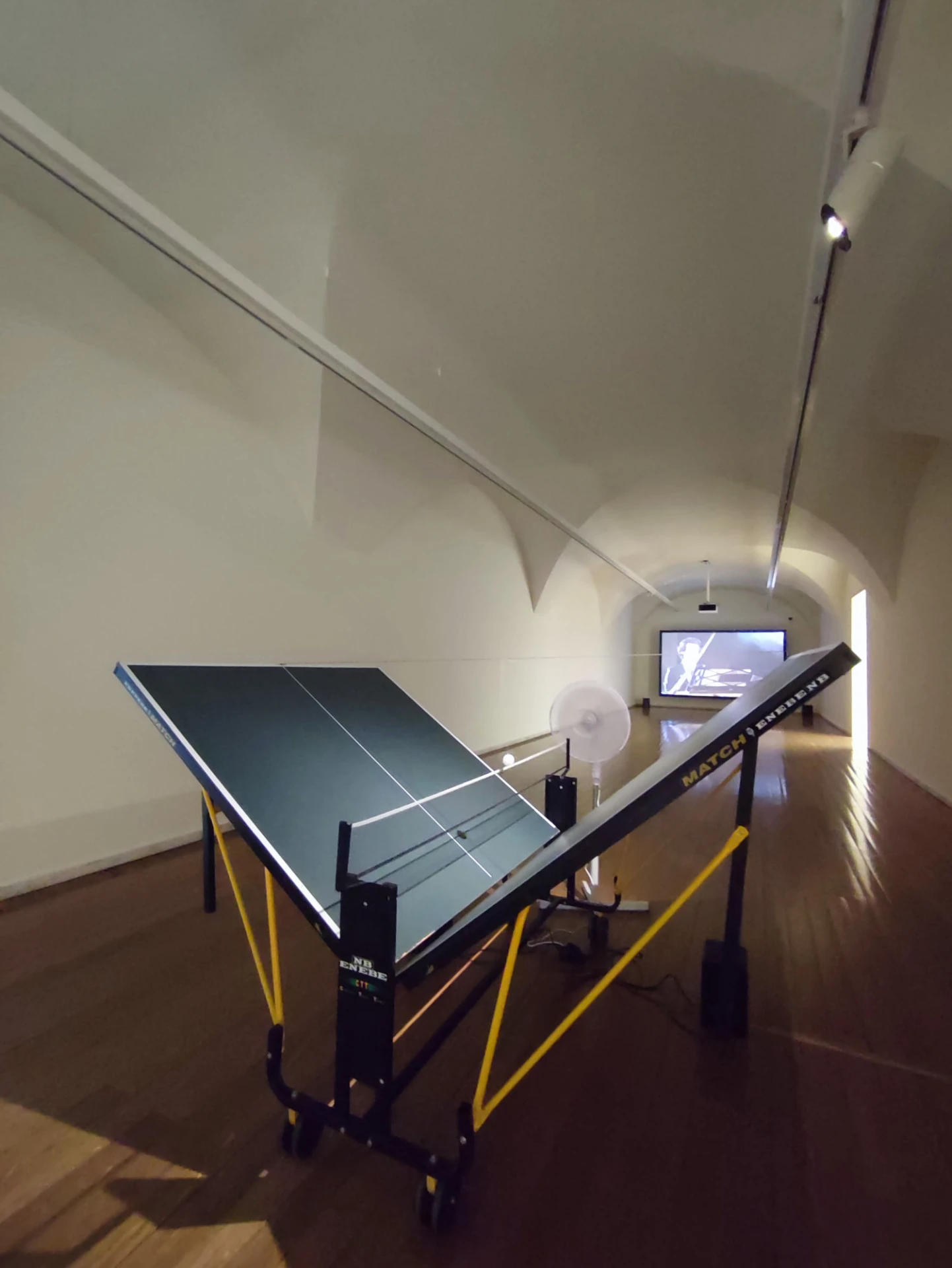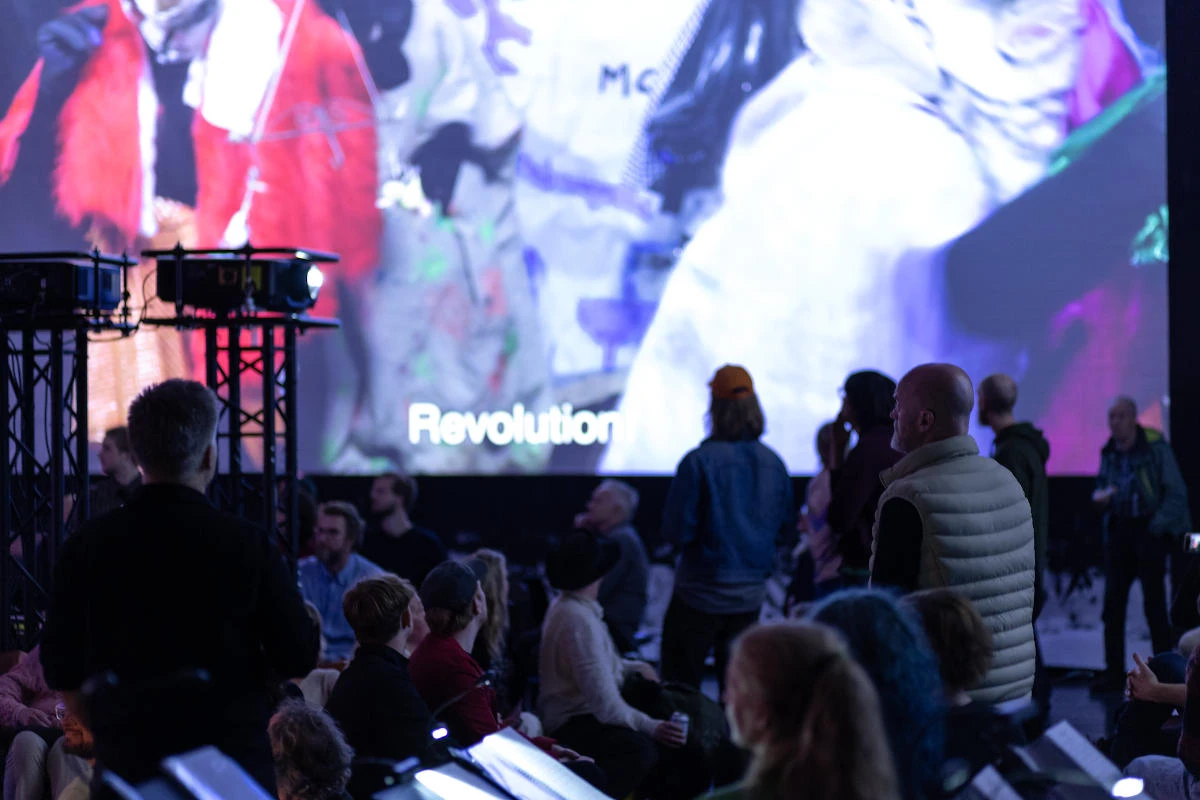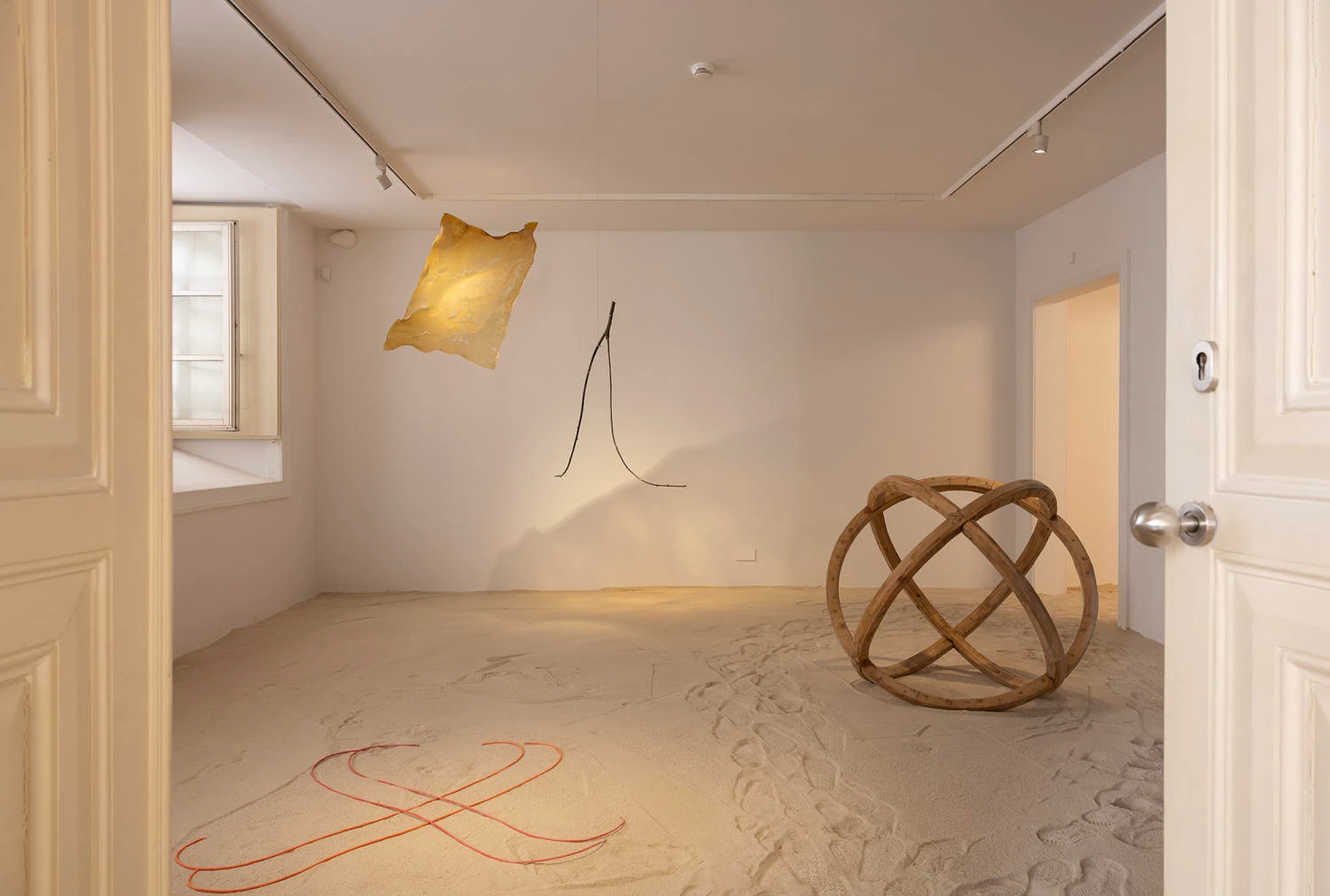article
Ultima 2025 - Oslo Contemporary Music Festival
"It should be agreed that sound and music are not only about how and who produces them, but also about how and who listens to them. From this perspective, the Ultima festival is a lesson, teaching spectators and listeners to listen better, to be more discerning, and to discover the entire architectural, objective, informative, and conceptual edifice behind sound composition."
To understand the concept behind the Ultima 2025 festival, you need to know Oslo. However, a phenomenological essay on the city is not necessary, although it lends itself perfectly to essayistic and philosophical reflection.
Oslo is not a city like any other. Norway is probably not a country like any other either. Any reference or approximation will always be forced, thanks to the specificity—some would say exceptionalism—of the country and the city, which unfold among fjords, green and silver patches of birch, fir, and resinous pine, ice, striking contemporary buildings, well-defined road networks, and a vague sense of mystery conjured by astral phenomena and the deeply ingrained cultural layers of Norwegian literature: Knut Hamsun's Pan and Mysteries is inseparable from this sense of wonder at the Norwegian landscape and territories. At night, lights twinkle in the pools of water: a cruise ship moored at the docks, its lights on; an untimely ferry, emitting green and red lights; small points of light on the other side of the arch of land formed by the fjord; the white, but not blinding, light of streetlights; a fleeting glow brought by the tram; occasionally the light of a cell phone, which hides among the tree trunks of the many public parks that the city offers.
And after the lights, there are the trees and the parks, and the sculptures in the parks and in the trees—no other European capital has such a large number of sculptures scattered throughout forest-like parks: Ekebergparken, with unforgettable works by Louise Bourgeois, James Turrell, Ann-Sofi Sidén, and Matt Johnson; Frognerparken, punctuated by the menhir of bodies, sculpted by Gustav Vigeland; Tjuvholmen Park, by the water's edge, where sculptures by Louise Bourgeois, Ugo Rondinone, Franz West, and Paul Macarthy vibrate in a playful environment; half an hour away, in the verdant suburbs of Oslo, the sculpture park of the Henie Onstad Kunstsenter, topped by the famous banana by Trygve Fredriksen, but also with interesting, though more discreet, pieces by Camille Norment, Bård Breivik, Jan Håfström, the latter not far from the stone where the philosopher Arne Næss sat to meditate on "deep ecology" – a term he coined.
It is around these lights and this city, striated by mountains and tongues of water, that the concept for Ultima 2025 is born, taking Oslo's magical shimmering and the clash between nature and construction as the theme for the program of concerts, installations, micro-festivals, lectures, and workshops. Indeed, it is around them that Joanna Bailie's inaugural concert in Oslo Cathedral is built. The vocal composition emulates this calm stroll through the city's nocturnal glow, seeking soft harmonies, evanescent forms, as if a polar breeze had been blown by a remote glacier and entered through the cathedral's shutters. There is something tantric and meditative about the performance: if the listener closes their eyes and allows themselves to be guided by the sound flow, they enter a watery, floating languor. The high notes on one side, the low notes on the other, blend in an ascetic polyphony, without, however, entering the Gregorian tradition. The Oslo Cathedral Choir doesn't let up, even during its perambulation around the high altar, finding the right tones and notes with a sharp tapping of metal tuning forks and following the controlled movements of director Vivianne Sydnes. The choir's performance sought to break with the formality of the ceremony: the singers performed as if they had just emerged from the most mundane activities, after a run, on their way to the shops, straight from household chores. The cathedral was a place of communion, a community center, unhurried or constrained, seeking through their voice the long path to a shared spirit. If there were a theology of choral composition proposed by Bailie, this seemed the closest.
We carry on. It rains frequently. Then it stops. The water drains through the sewers; it flows over the tar and concrete, toward the depths. We follow its trail to the surface, through the bus.
We stop in a clearing. Oslo is more or less distant, but not far. We're at the foot of Ekebergparken, in front of industrial hangars. It's a wastewater treatment plant. A worker, fluorescent from head to toe, greets us. He explains where we are and what we'll see and hear. We descend into the earth's crust via metal stairs and cross a vast corridor. Wide pipes carry the water to the treatment tanks. And then we hear the falling drop, replicating itself into other small drops, but the sound reverberates, distorts, and alternates between low and high notes, in an unpredictable composition, powered by sophisticated algorithms and endless kilometers of electrical cables. It's Arne Nordheim's Dråpen, part of the Oslo art collection—a sound installation of impressive complexity, which takes on Hitchcockian contours in the wastewater mire, in the immense halls, in the cold, serialized subterranean light throughout the multiple corridors. Nordheim's black-and-white photograph, next to the door that gives access to the rocky naves, with its imperceptible contours due to the play of light and shadow, anticipates the ghostly atmosphere produced by the sound.
Dråpen is a drop that decomposes and recomposes, as if falling and activating an obscure electronic system, leaving it in an endless short circuit: the sound of a worm writhing with electric shocks, agitated according to the daily rhythms of Oslo. The frenzy of the water and the station excites the machine. The sounds are unpredictable, collected from various sources and mixed by the computer according to pre-established patterns. A combinatorial analysis could estimate hundreds of thousands of different sounds, vibrated by 32 hidden speakers.
There are reminiscences of musique concrète, but also of the radical experimentalism and plasticity of electronic music that Nordheim had studied in Warsaw. The experience is mesmerizing, the polar opposite of the vocalizations proposed by Bailie. Given the precise context for the use of the word visceral—often used and often misused—this seems the most appropriate.
There's no script. We wander through downtown Oslo, examining the glass facades of contemporary multinational buildings of questionable taste. Smoked glass panels, translucent glass panels, transparent, mirrored, and colored glass panels. Reflections transform bodies, cars, and trees into evanescent specters. We peer into the interiors with their lamps, sofas, dry carpets, and plastic flowers, arranged in ever-vibrant ways.
It is in this dubious atmosphere conjured by glass that we situate Hans Rosenström's installation, Broken Chord, at Atelier Nord. Rosenström subverts the rigidity of the glass, making his voice resonate within it. Once again, a chorus of voices—these, however, more porous and whispering, as if breathed rather than vibrated by the vocal cords.
The space dematerializes, we lose our sense of interior and exterior, distance and proximity. The whispers transform it into an imprecise territory, a landscape in perpetual flux, whose image is remade and fragmented as we move through the installation. The formal simplicity is inversely proportional to our experience of it, which expands and metamorphoses with time and the stroll.
There's also something intimate about the entire sound installation—as if the visual and auditory sensoriality created a vague sense of secrecy and confidentiality. It's the voice, certainly, but it's also a strange cultural fetishistic layer of someone leaning against a window and trying to discern the silent choreography of bodies veiled by a curtain, forcing us to press our faces even closer to the cold, fogged surface of the glass. And this intimacy is both forbidden and desired, debated by the vocal breath, which is consciousness and unconsciousness, modesty and shamelessness, frankness and malice, and which Rosenström leaves in tension.
Liquid Room is an experience with two approaches: one that involves no commitment between spectator and performer, wandering freely through the space, drink in hand, emerging from the black box of the Norwegian Opera & Ballet building; another that, in an exercise of endurance and physical and mental resistance, challenges both spectator and performer, thus testing the limits of each. Three hours of rotating shows based on Robert Ashley's work, Perfect Lives, conceived in 1970s America. The mind-boggling rotation of performances, the freedom to explore the plasticity of sounds, instruments, and bodies, and the diversity of compositions, ranging from experimental to conceptual to jazz, offered an unforgettable experience. Exhausting, without a doubt, but deeply enriching and hyperstimulating. Key moments of the 12th edition: Laurie Anderson's iconic O Superman, played by Tarek Halaby, Susana Santos Silva's virtuoso and exciting juggling, Nina Guo's performance in Ashley's pieces, bringing a nostalgic and comical voiceover of the American dream, and Jessie Cox's Afrofuturism, with hints of improvisation.
The Question of Knowing, an installation concert by Olga Kokcharova, Ewa Jacobsson & Hilde Marie Holsen, and the Ensemble Contrechamps, at the Henie Onstad Kunstsenter, points in this direction by revealing and deconstructing the various systems that make up contemporary sound and compositions.
First, there's the background noise, which is stubbornly removed in music post-production, seeking a pure, immaculate sonic experience. In signal-to-noise ratio, Olga Kokcharova contradicts and challenges this crystal-clear notion of what music should be, composing a series made of noise. The atmosphere is insidious, but equally dazzling—revealing what constitutes sound and our perception of it. Noise can also be moving, perhaps because it reveals what is most human and imperfect in sound.
Then, the realization that everything is sound, everything produces sound, and everything presents a potential sonority and musicality. This becoming-sound is the genesis of the installation Labyrinthic Explanation of Knowledge, a composition by Ewa Jacobsson & Hilde Marie Holsen that asks Ensemble Contrechamps to use everyday objects to compose a soundtrack for what could be a sonic diary, made of various mixtures and some alienation brought about by modernity. Sound is made of circuits, of relationships, of transformations. But it is also made of information, of inputs and outputs, of files and records, of processing and algorithms. After the performance, we stroll through the installation, discovering speakers and cables that interconnect cores of objects, each with its own touch and memory, each with its own idiosyncrasy: trash, things, artifacts, some industrial, others purchased over the counter.
There were, however, two other moments that, through their unusualness and synesthetic saturation, proved pertinent in their approach to contemporary life. Maximalism and absurdity collide in two pieces that compel critical reflection. Dragonblood and HISTORY DOES NOT EXIST are perhaps works that demand conversation, dialogue, and openness to experiencing the new. If the former presents a meta-irony that turns fantasy escapism into torture, the latter reveals the realization that writing history is a thankless task in an age without scruples, moral, ethical, or scientific frameworks.
Dragonblood—how to explain it?—is an incestuous delirium created by a pubescent nerd or incel with nocturnal ejaculatory crises. It's both a video game and a musical theater, but it's also a Gesamtkunstwerk on steroids. A maximalist spectacle that subverts the rules of reality, plays with cybernetic and cybergothic culture, using it to create doubt and, ultimately, ask: what are sincerity and irony? How to face the word, the truth, after everything has been emptied of meaning. This play could have been a meme. This play is, in fact, a meme taken from a social network, commented on in an obscure Reddit post, manufactured in the perversity and alienation of the extreme stage of modernity. It's an excrescence of late capitalism, a soulless rejoicing in all that is trash, because, after all, that's all we have left. It's an expensively produced show that serves to frustrate, with technical bravery on the part of the actors.
At some point we ask: who spent all this money on something like this?!
The answer can only be one: a disenchanted generation that has found its own mechanisms and mythologies to cope with an absurd life, radically breaking with any hierarchy, transcending all rights of property and authorship, forgetting the shackles of power, and then surrendering itself to the accelerationist and decadent vortex. It's trash, yes, but triumphant trash, when only it will remain in the end.
In turn, HISTORY DOES NOT EXIST follows the same maximalist line and makes the chaos of history raw material. It's all equally absurd. When Trond Reinholdtsen / The Norwegian Opra and the Oslo Sinfonietta present all the major periods of history one after the other, shouted childishly and with masked actors, we understand: history is a succession of violent absurdities. But this is assuming that history is constructed, that it is based on a stable edifice, with scientific criteria unshakable by everyday life. Because when this entire edifice collapses, or when we understand that this edifice is nothing more than a specter of an Enlightenment desire, existing no longer beyond this spectrality, then we realize that history cannot exist, since there are (no longer) truths, no facts, no meaning to words, no suitable and impartial structures to safeguard the facticity of facts. HISTORY DOES NOT EXIST marks the end of the Enlightenment and the beginning of the Dark Enlightenment, in two cyclopean projections, interspersed with a tragicomic soundtrack.
Reinholdtsen warns about the problems of language, but not in a moralistic sense. In fact, Reinholdtsen is not particularly interested in language (or is he?); he draws the audience, in a commentary-like manner, to the nexus of what's happening; if they want to understand what's happening, he can tell them, for sure, because they must know that list of wars and victories... and massacres and genocides. Widespread famine. Poverty. Tragedies. Disasters. It's essential to read the text that explains what it is, exposing the arguments and the logic behind paragraph construction and everything else. Saussure, then Derrida and Barthes. There are no signs. There is no meaning. But we must remember the structuralists and post-structuralists. There's a place for them in the audience.
Viewers spin around one of the rooms in the former Munch Museum, unable to comprehend what's happening. The music is a succession of crescendos, which then fade into nothingness. Video and music are separate because the music doesn't serve as a backdrop to the image. It exists as an autonomous category, but sometimes reconcilable.
HISTORY DOES NOT EXIST can only be a pantomime, an acid bath on the past, written by a very inspired demiurge or, then, very, very drunk, seeing the Hegelian project in everything that no longer exists.
Umbigo traveled at Ultima's invitation.
BIOGRAPHY
José Pardal Pina has been the associate editor of Umbigo since 2018. He has an Integrated Master's in Architecture from Instituto Superior Técnico, Universidade de Lisboa, and a Post-Graduation in Curatorship from Faculdade de Ciências Sociais e Humanas, Universidade Nova de Lisboa. Curator of the Dialogues (2018-2024) and Landscapes (2025-) projects in Umbigo.
ADVERTISING
Previous
article
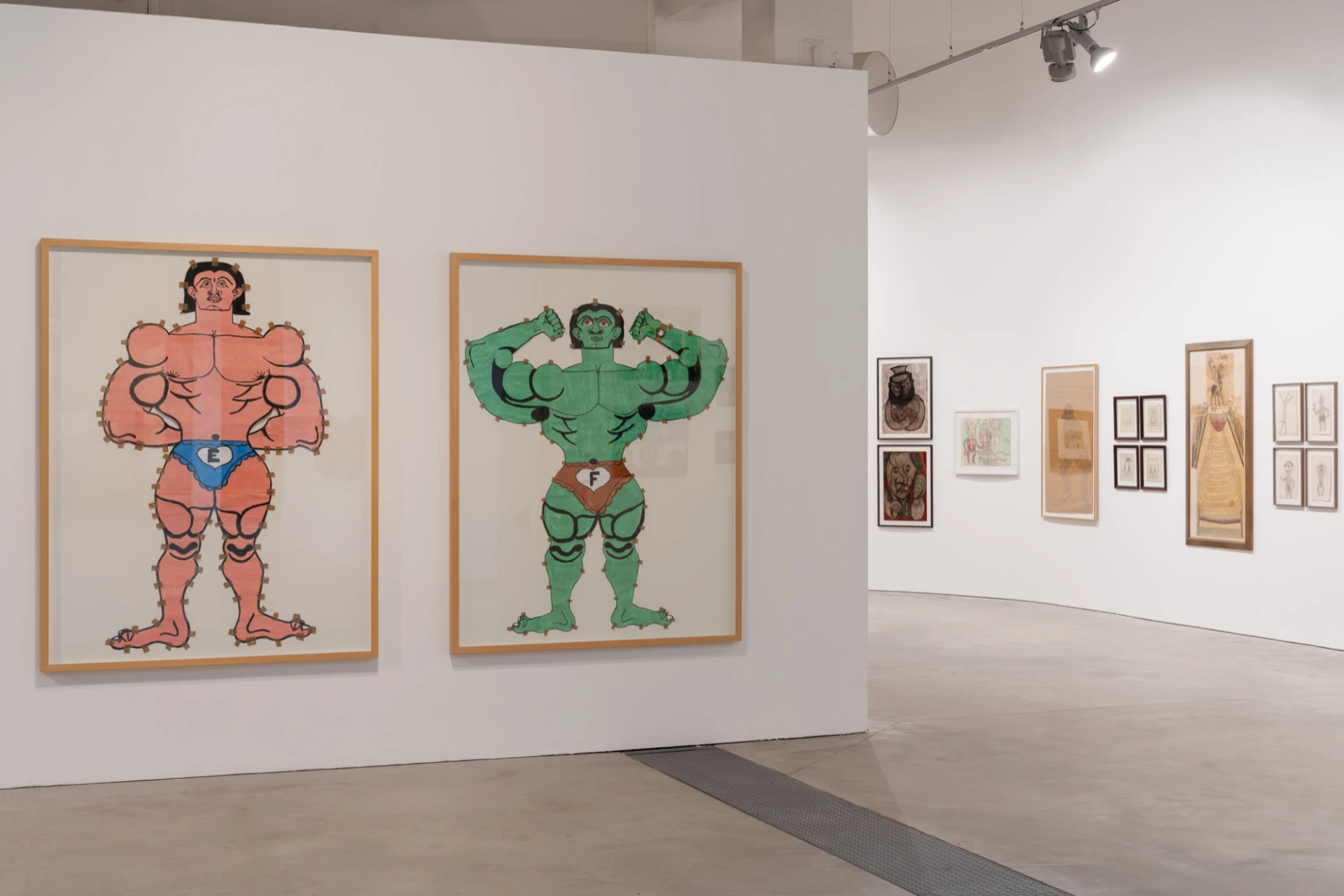
24 Sep 2025
Espírito Singular at the Centro de Arte Oliva
By Mafalda Teixeira
Next
article
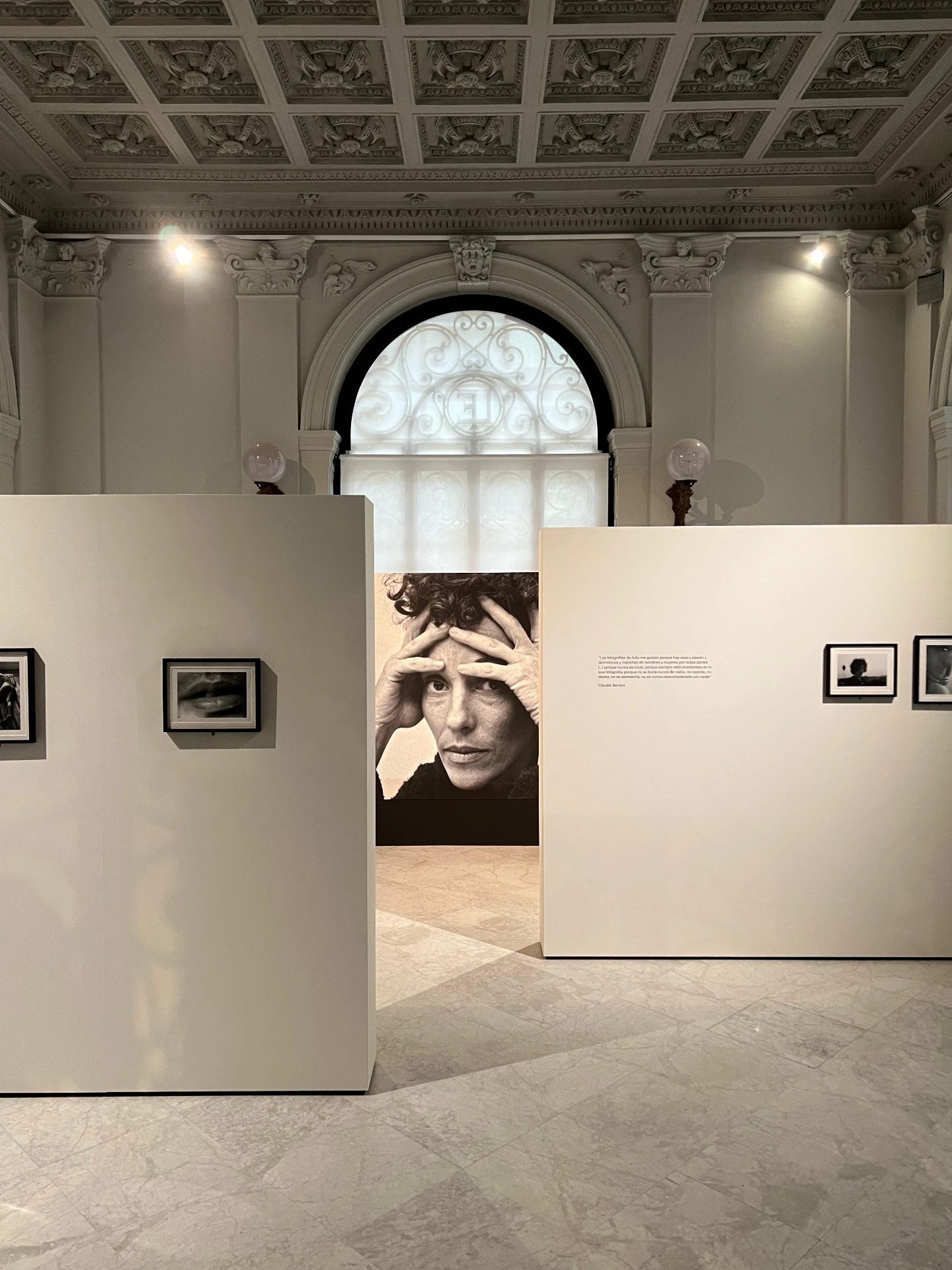
29 Sep 2025
Apertura Madrid 2025
By Maria Inês Mendes
Related Posts
